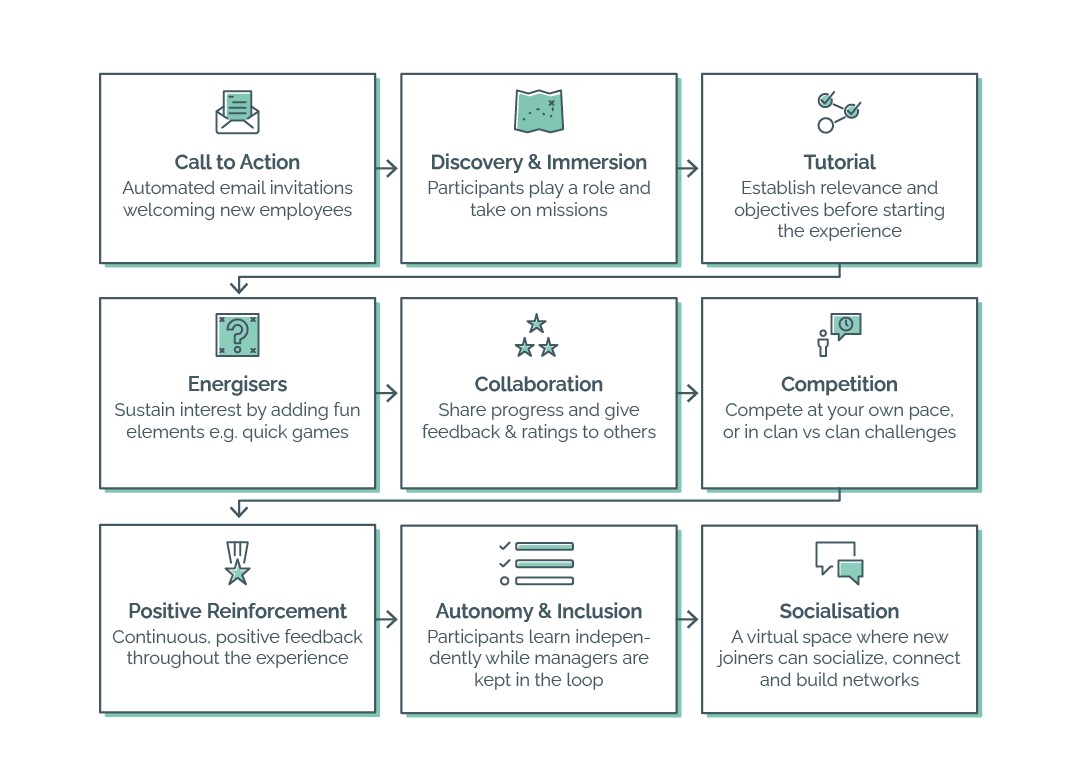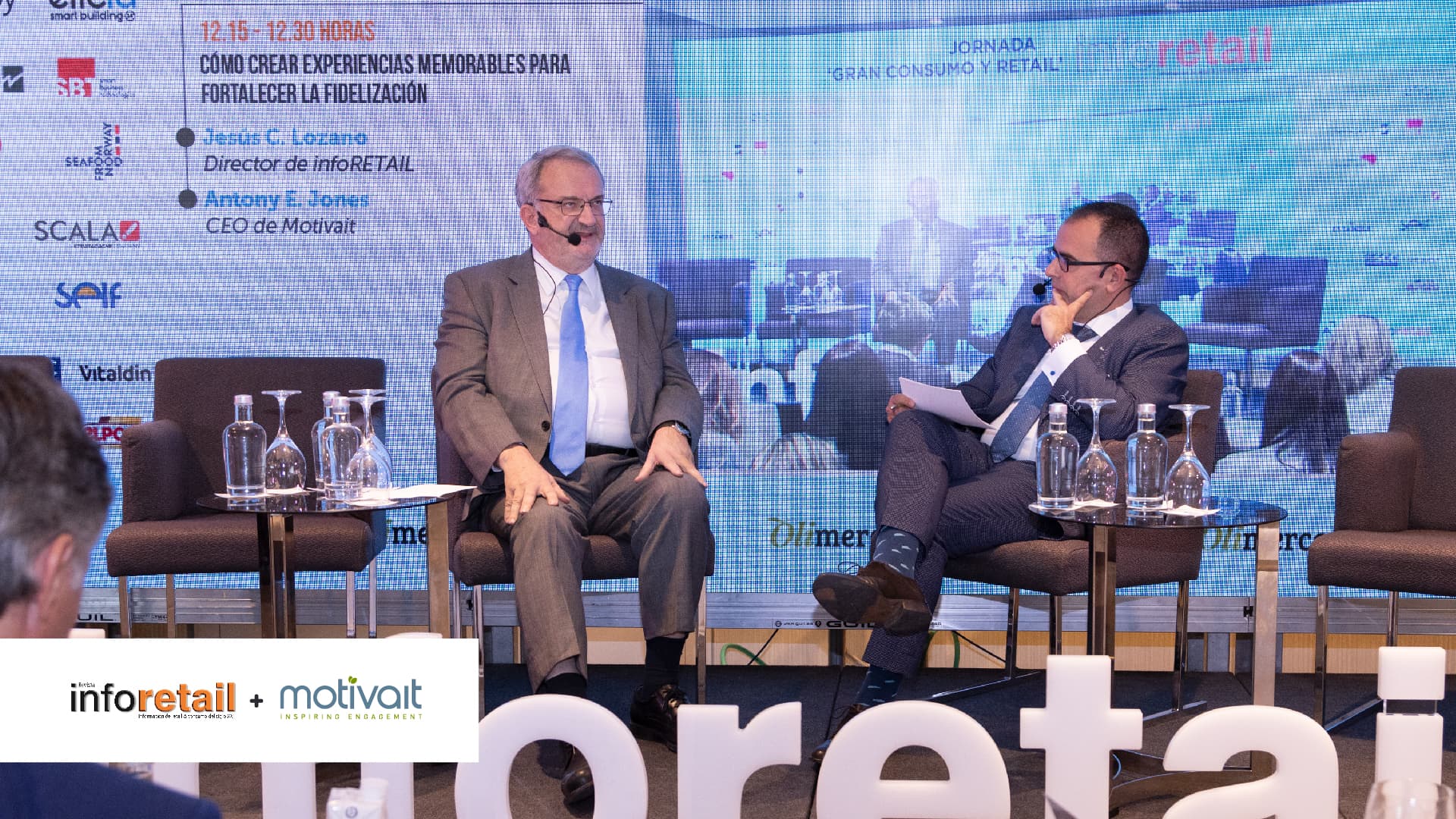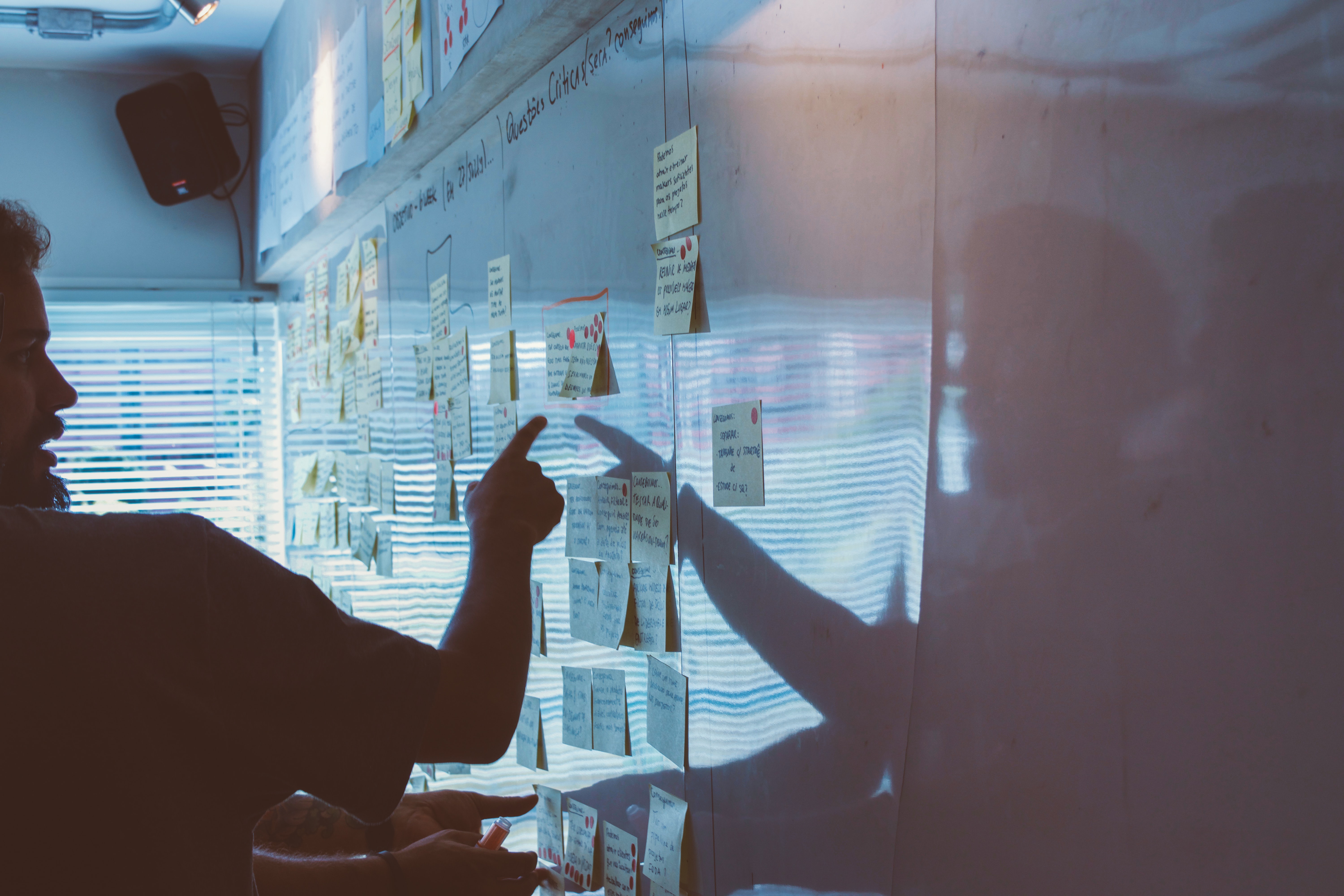First impressions count. A statement that without a doubt applies to new employees starting a new job, and how they will perceive their team, managers, and organisation as a whole. They’ll have an initial picture built up based on the recruitment process and their own research. But it is only during the onboarding process that they get their first “real” view into the company: the first exposure to other people they are likely to be working with, to the true corporate culture and to some of the more practical aspects of their new day to day life. The early days of their new working journey and the experiences within it will shape their feelings and attitudes towards their role and future with the company or organisation. So, if they aren’t being made to feel excited, engaged and inspired from day 1, it will inevitably impact their engagement and loyalty, their willingness to stay long term and how they speak about their experience to others.
At some point we have all had to sit through monotonous, repetitive and disengaging training or learning modules when starting a new role – PowerPoint presentations and ice breakers – and 58% of organisations studied admit their onboarding programmes revolve solely around processes and paperwork. Can this really be the best first impression to give someone who you’re looking to develop into a productive, happy employee and ambassador for the brand?
Even more timely and relevant is the need for onboarding programmes to be agile and flexible enough to adapt to the changing work circumstances many of us have found ourselves in. Over 1/3 of the UK workforce are now working from home (up 10% between 2019 and 2020), and with 85% of those stating their expectation to move towards a more hybrid approach in the near future, it seems that organisational practices and approaches will increasingly need to be more inclusive of disparate or disjointed teams.
This is precisely where technology can step in to transform onboarding programmes and processes into experiences that guide employees through informative, impactful learning journeys wherever they’re joining from. While simultaneously helping individuals feel immersed within the organisation and aligned with culture and values from day 1. Irrespective of whether they’re in the office, starting remote, or separated from peers, managers and their physical working environment.
These experiences should be curated to ensure employees leave their onboarding period feeling well equipped and motivated to embark on and make successes of their new roles. Bauer et al state in their research that by this point, employees should have achieved four key objectives for the best chance of ongoing success:
- Role clarity: employees understand their role, expectations within it, how to perform in order to achieve expected results
- Self-efficacy; employees feel confident in their ability to perform and contribute
- Social integration: employees feel connected, valued & trusted
- Knowledge of organisational culture; employees understanding and adjusting to company politics, social norms such as language, goals, values and history
So, how do we implement these objectives in a way that’s accessible, impactful, enjoyable and sustainable?
Digital Onboarding, With a Difference
Games and gamification are already being utilised in the attraction phases of recruitment, with games being created to simulate everything from a day in the life of a new employee to testing an employee’s soft skills.
Following that trend into the employment phase of an employee’s journey, we can make use of gamification to create unique and engaging experiences that keep them informed and interested up to and during their first few months of employment.
Creating these kinds of experiences takes time and expertise, balancing the needs and culture of the company with needs of the new employee.
We consider these weeks and months as a quest, creating a structure around what they need to learn and understand early on. Each stage or level of the quest represents new knowledge and experiences that will help them to learn. Focusing on intrinsic motivation, we choose mechanics that support the employees with social connectedness, education and goals to focus on, all in an environment that promotes exploration and discovery at their own pace. To this we this we add mini-games and interactive learning materials all tied together with interesting narratives and storylines. This gives the individuals reasons to want to continue rather than just knowing they have to continue.
Weaving in these dynamics and elements enhance the overall experience significantly, and research shows these types of great onboarding programmes and solutions can lead to higher retention rates, with some studies stating as much as 69% higher retention after 3 years.
Right now, as we focus more and more on digital transformation and open our minds to new and improved ways of working, there is a key opportunity to stop relying on default or traditional methods, simply because “that’s how it’s always been done.”










